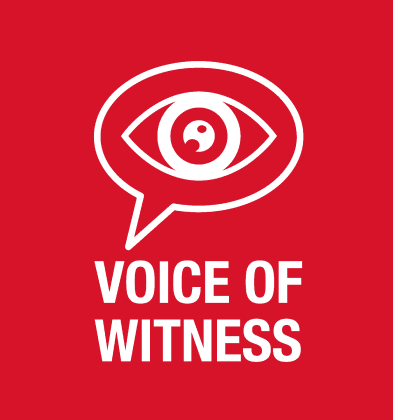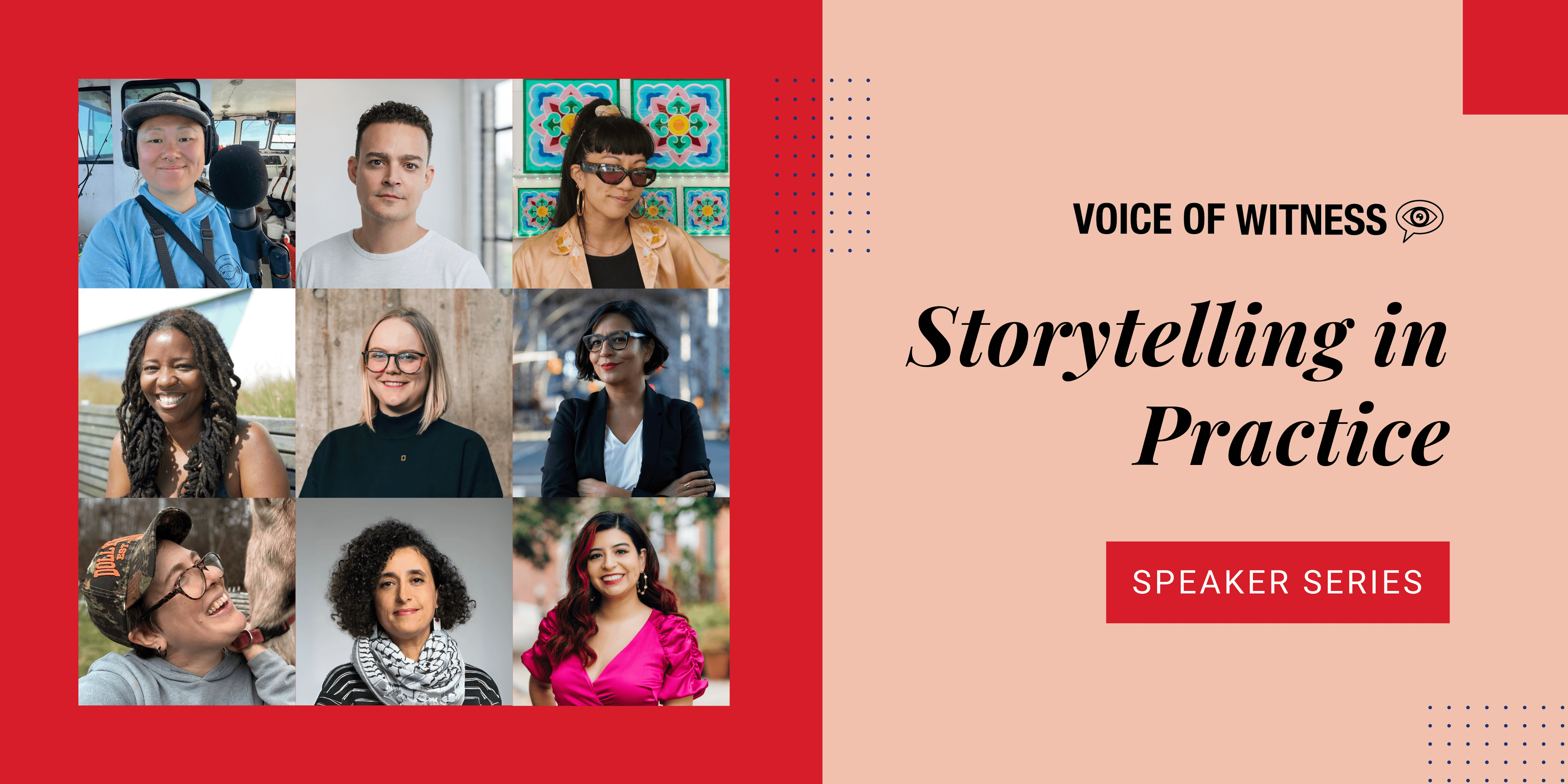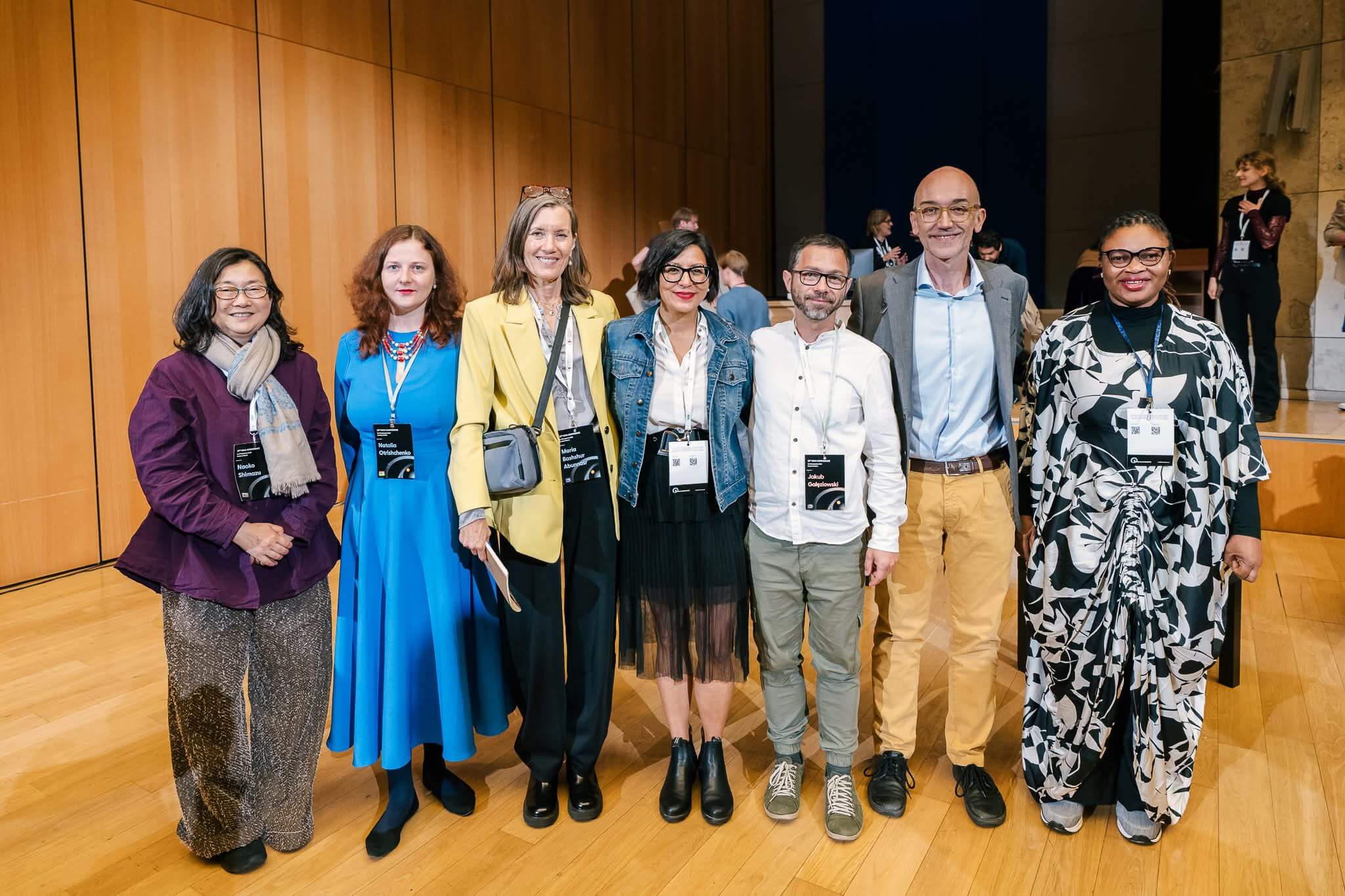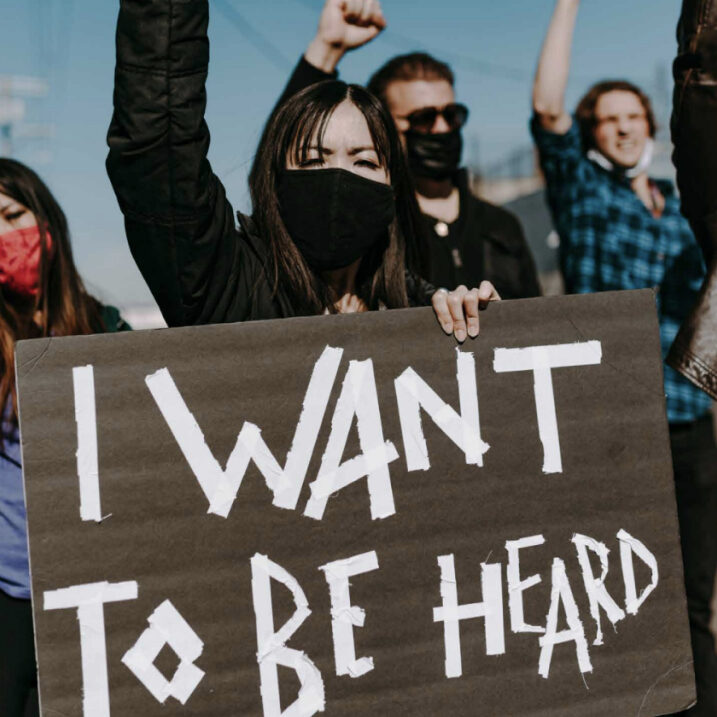by Gabriel Mendez
In early July, Voice of Witness reached out to me and told me about a protest in El Paso happening on July 5th, where artists would perform, talking about their experiences at the border and how the conditions in detention centers are inhumane. I got really interested because I feel that everything related to immigration is personal.
I’m from Honduras and I crossed the same border, the same river, 6 years ago. I feel that I have a responsibility to go out and bring my voice together with all of these other folks from the community. If we don’t have art or stories to share, many people won’t care. People think that there’s not an issue.
I was really excited about coming from my home in the Bay Area and sharing my story with people in El Paso and joining the demonstrations happening around the country.
These are some of the photos I took at the protest that represent my experiences in El Paso from July 4th-6th:
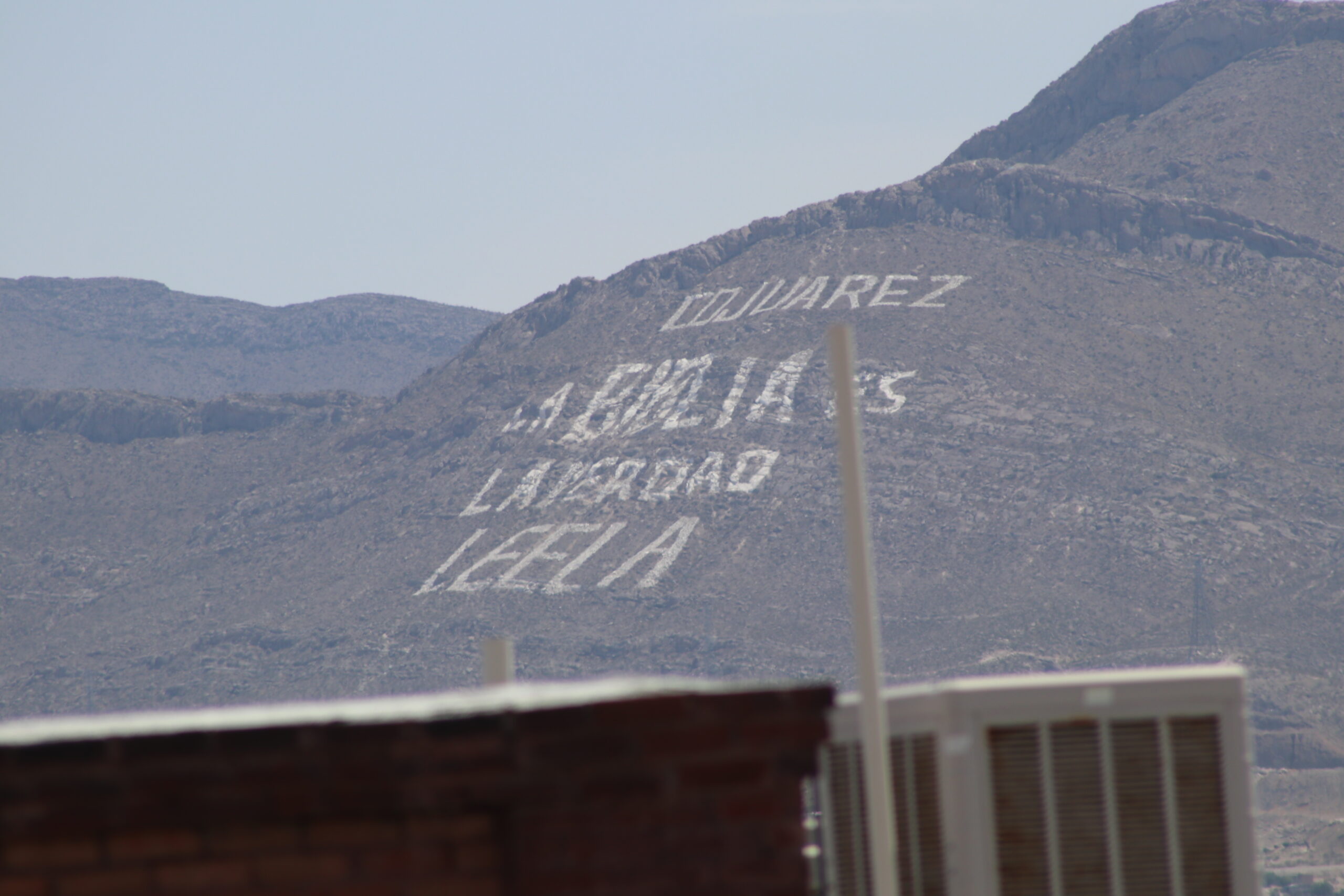 It says, “Juarez, la Biblia es la Verdad. Leela.” I was just thinking about how Juarez was super dangerous, and I don’t know if it is still now. That city has a lot of history of violence. Organized crime would easily take immigrants and use them for prostitution, to sell drugs, or to cross drugs to the U.S.
It says, “Juarez, la Biblia es la Verdad. Leela.” I was just thinking about how Juarez was super dangerous, and I don’t know if it is still now. That city has a lot of history of violence. Organized crime would easily take immigrants and use them for prostitution, to sell drugs, or to cross drugs to the U.S. 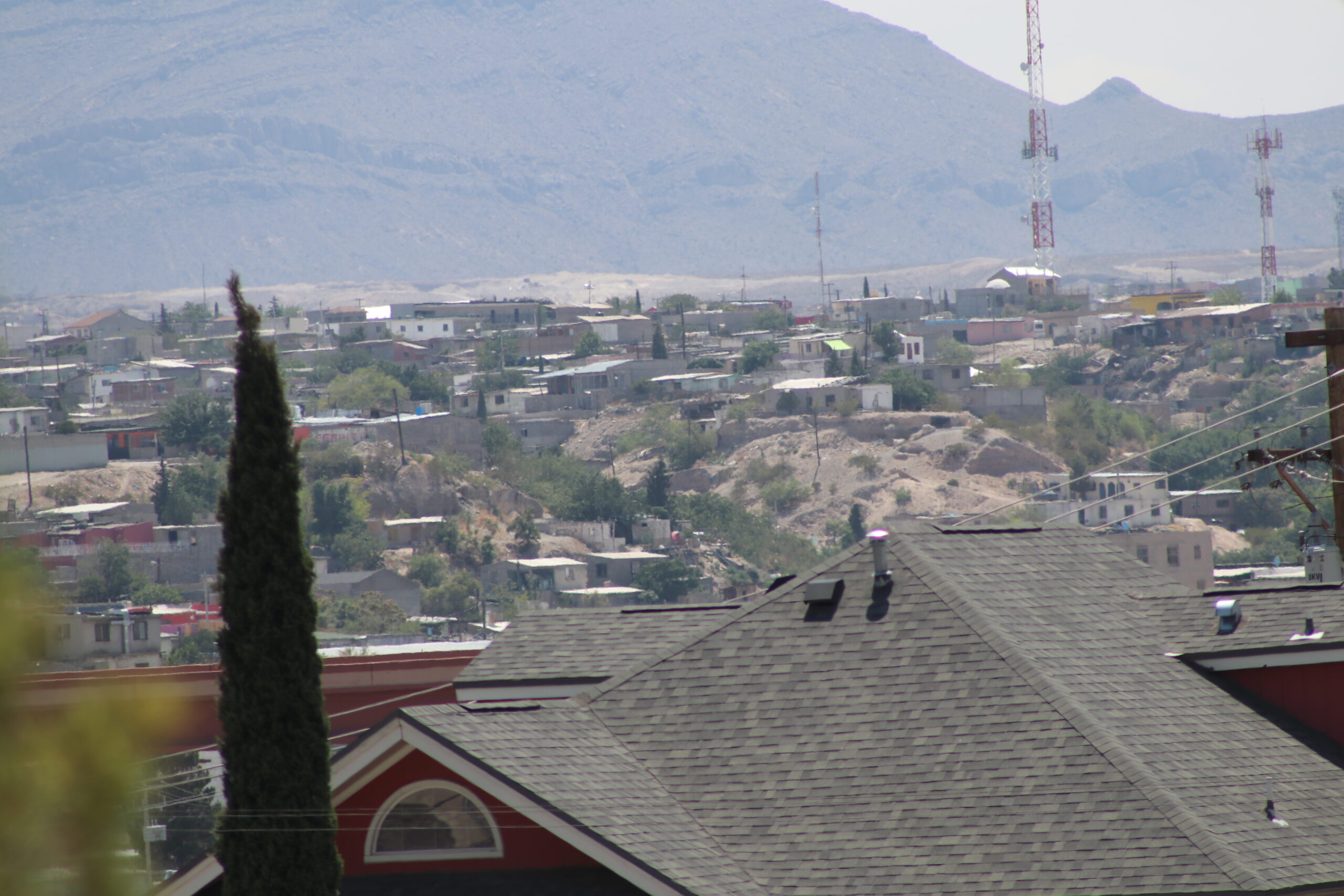 This picture looks across the U.S.-Mexico border. The closer side is El Paso and the further side is Mexico.
This picture looks across the U.S.-Mexico border. The closer side is El Paso and the further side is Mexico.
For this picture, I was thinking about how different it looked a few blocks away. Because you can see that there is this hill with these houses, and they look so different from the ones in the U.S. Even though the ones in the U.S. are older, you could see the difference and how it reflects a second world country versus a first world one. There are two worlds across that river. 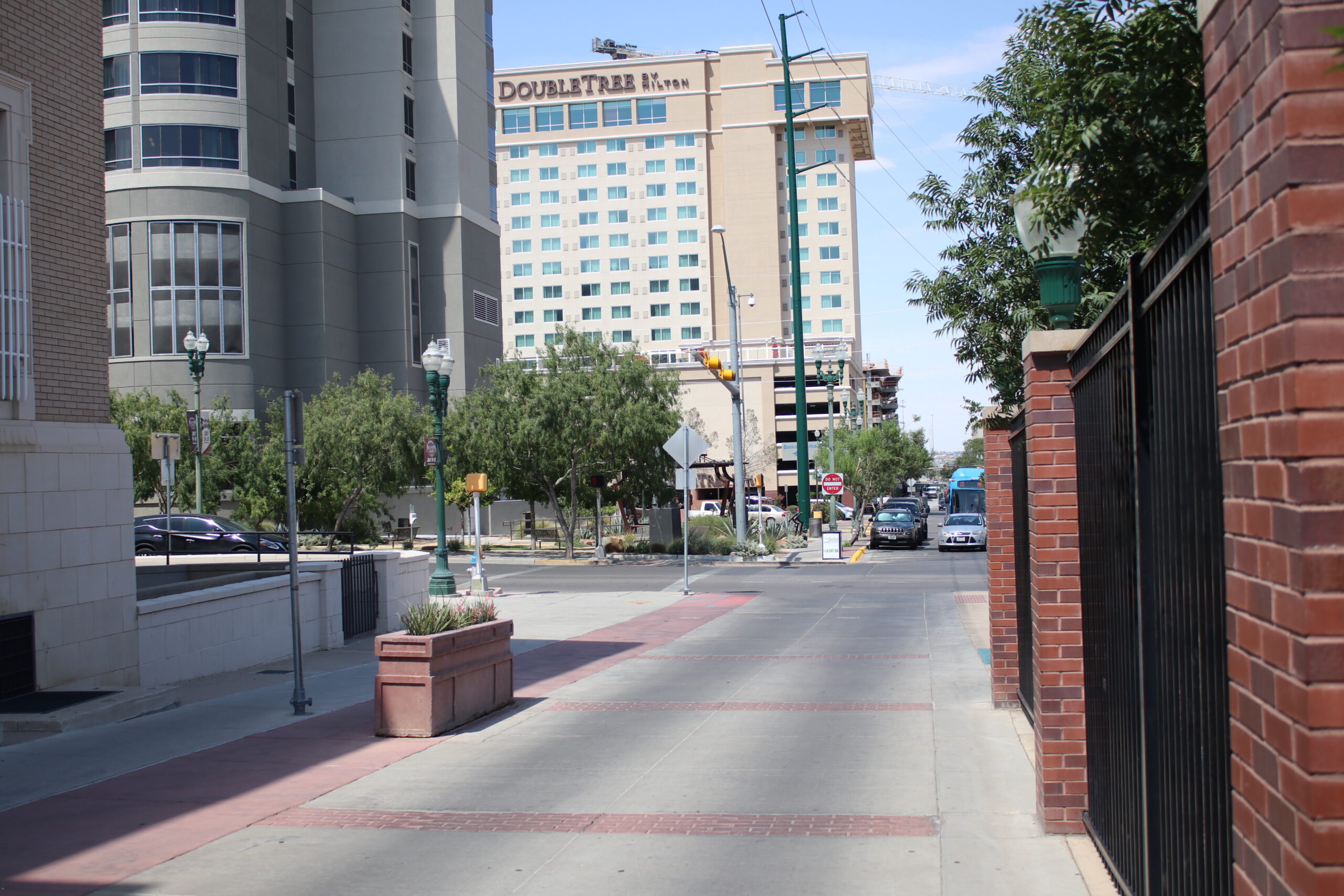 This is El Paso. Ela from Voice of Witness and I were just walking and talking about how we weren’t seeing a crisis happening. There was no crisis at the border, it was very empty downtown.
This is El Paso. Ela from Voice of Witness and I were just walking and talking about how we weren’t seeing a crisis happening. There was no crisis at the border, it was very empty downtown. 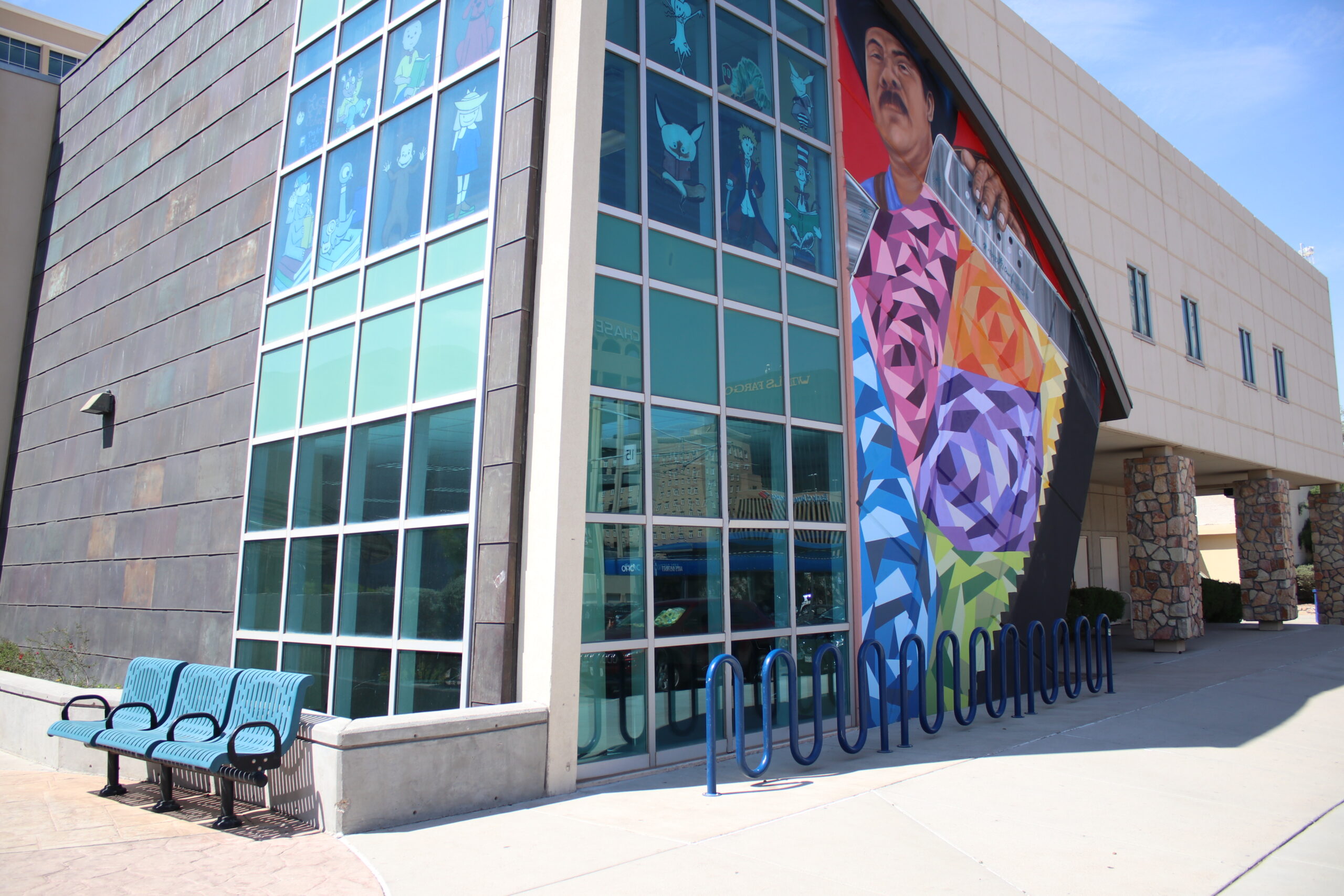 This is the El Paso library. We went and gave a book (Solito, Solita) to them.
This is the El Paso library. We went and gave a book (Solito, Solita) to them. 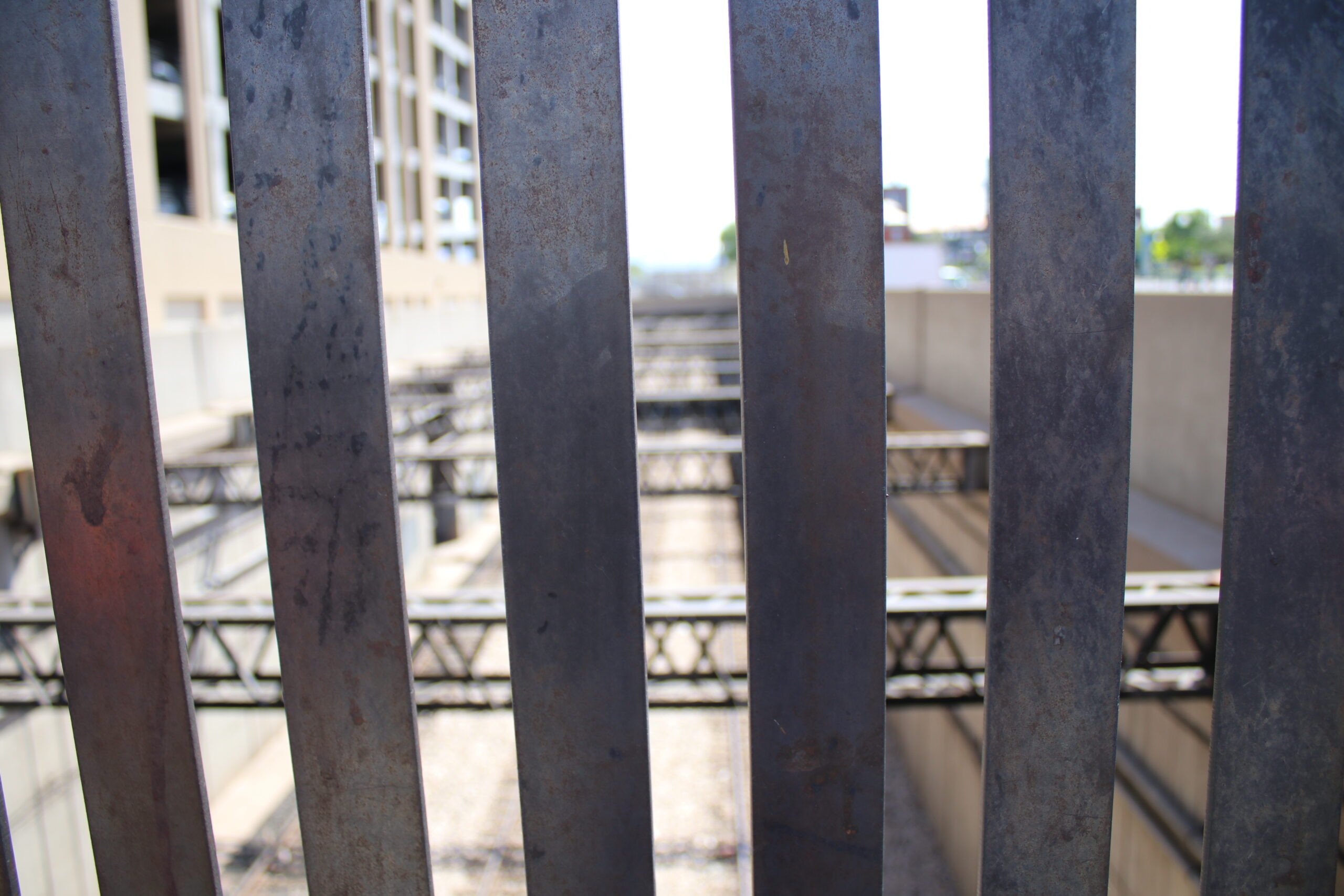 The night before the protest, we saw the train, la bestia, entering the U.S. from México. Some immigrants who don’t want to pay a coyote get into a train.
The night before the protest, we saw the train, la bestia, entering the U.S. from México. Some immigrants who don’t want to pay a coyote get into a train. 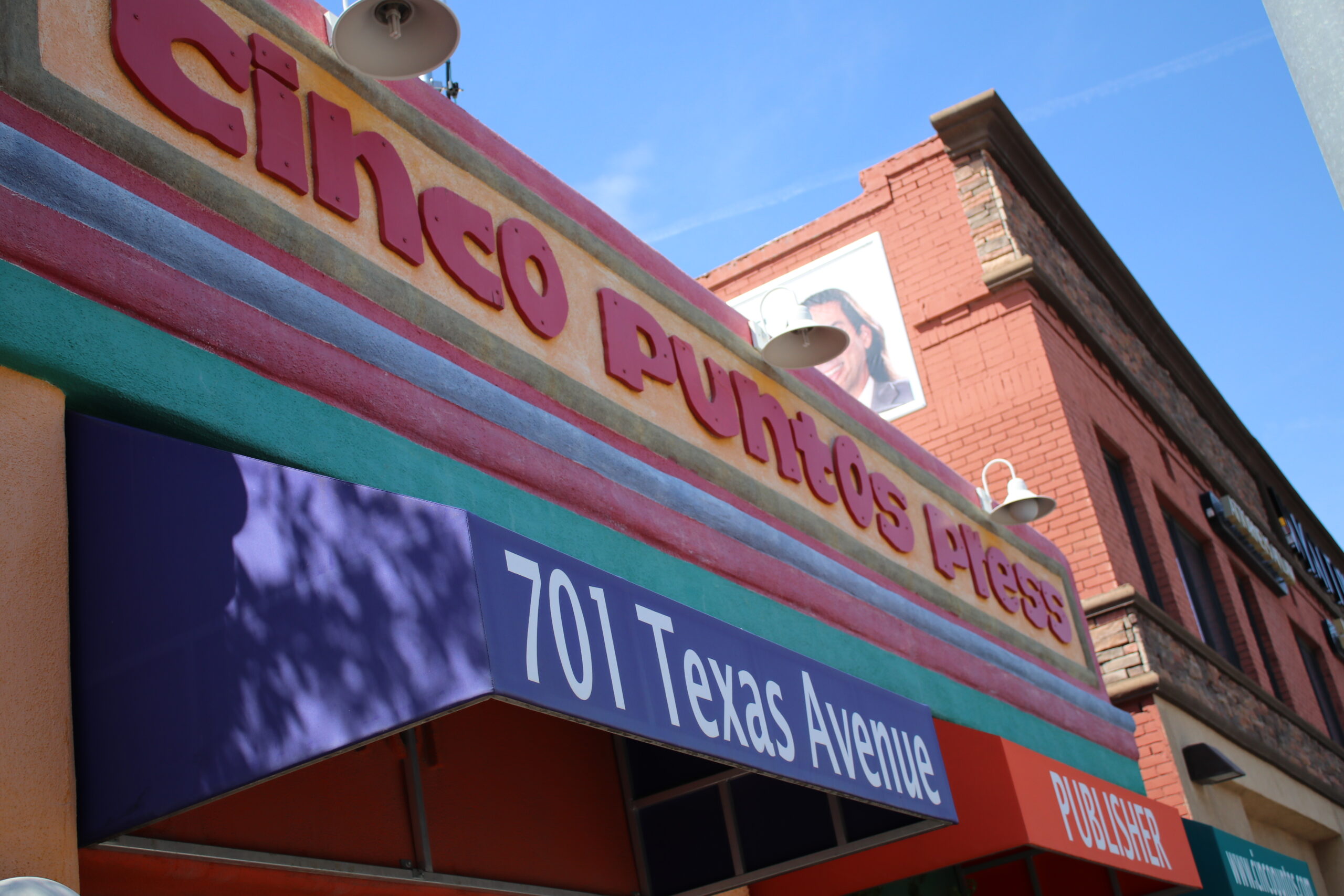 We went to Cinco Puntos Press Library. It was nice looking around. They do kind of the work VOW does too. The books were really good.
We went to Cinco Puntos Press Library. It was nice looking around. They do kind of the work VOW does too. The books were really good. 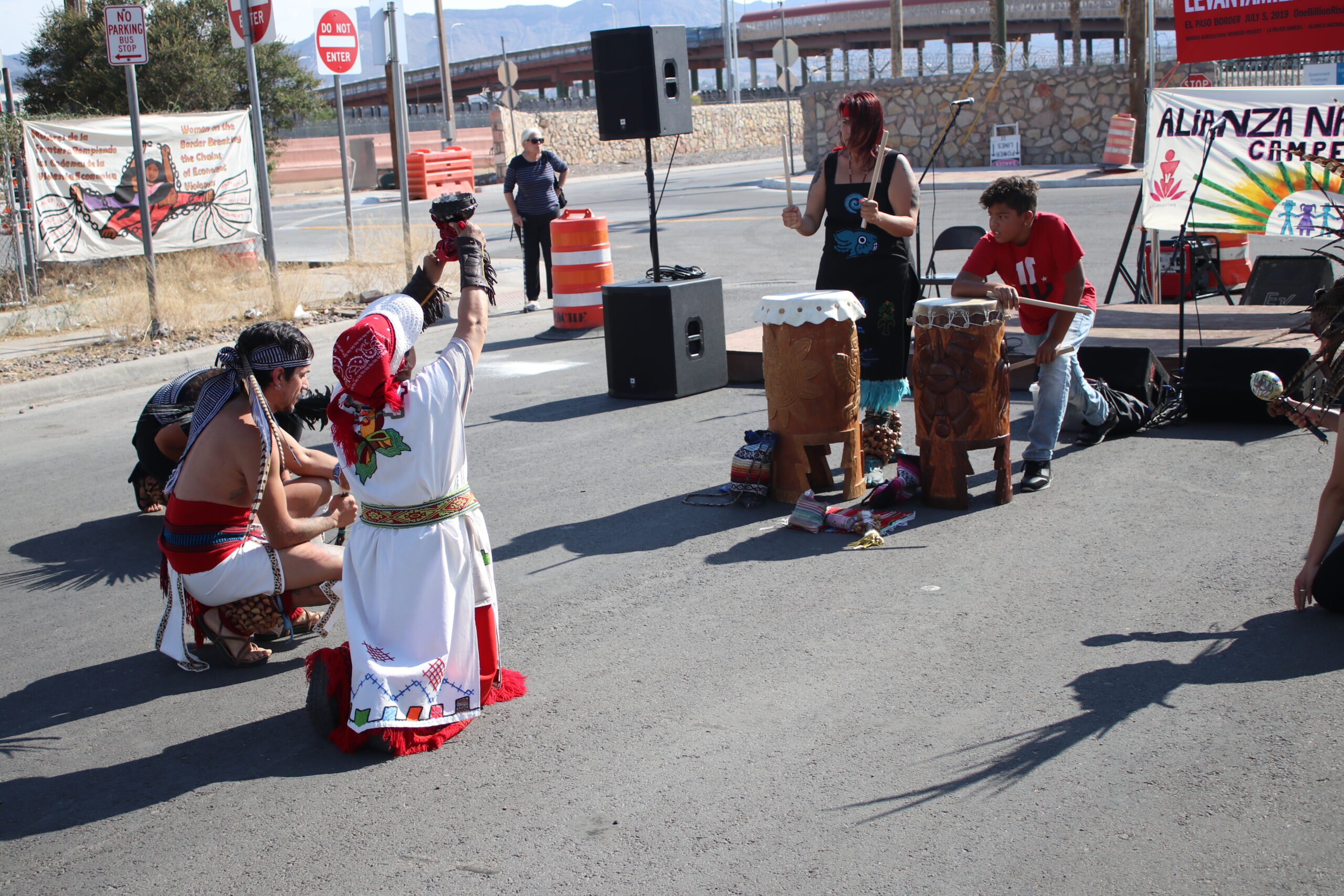 For this one, when we got to the protest we were trying to see who was around. They were opening up the whole uprising.
For this one, when we got to the protest we were trying to see who was around. They were opening up the whole uprising. 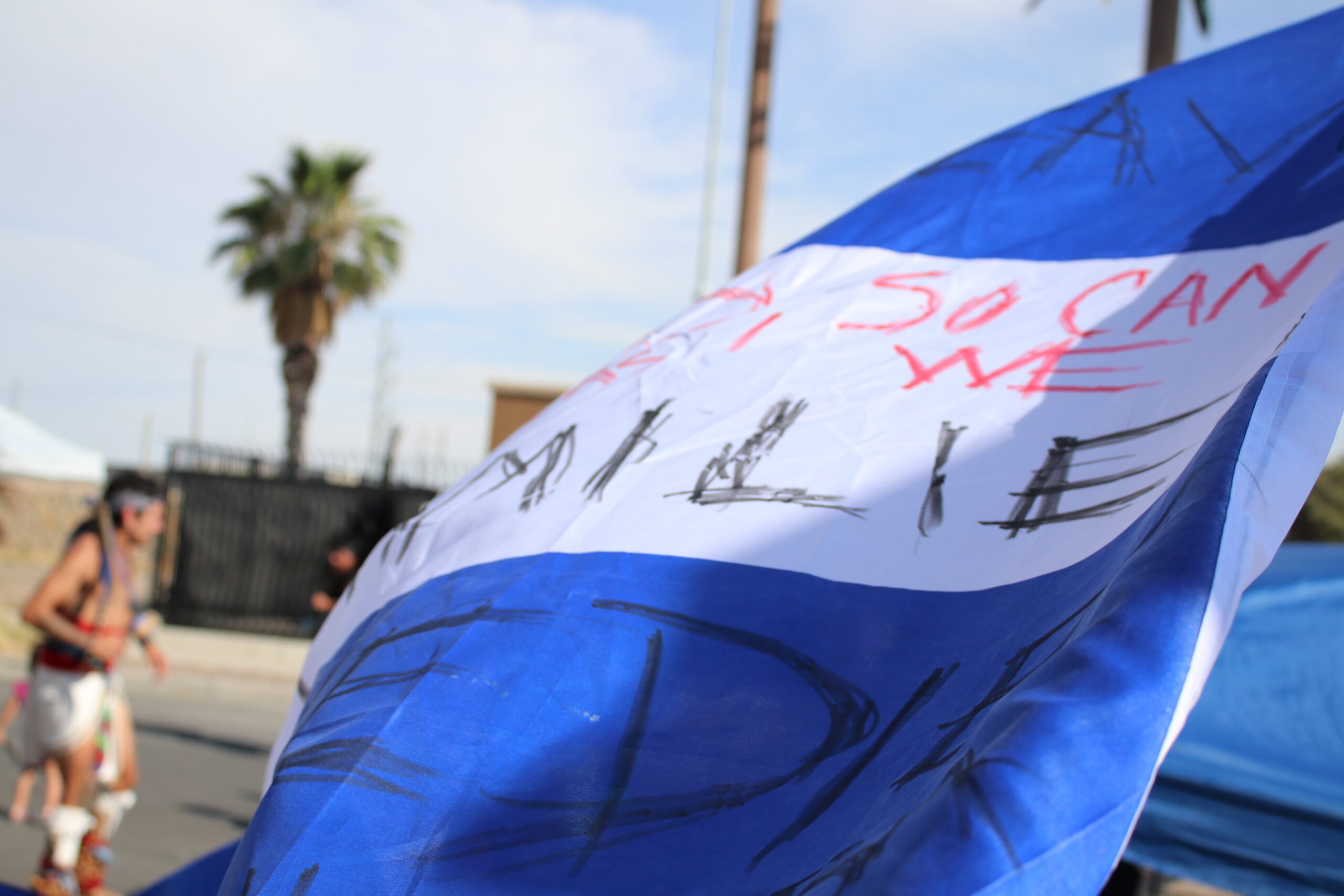 For this photo, I was trying to get a picture of the flag, and what was going on in the processing facility behind us.
For this photo, I was trying to get a picture of the flag, and what was going on in the processing facility behind us. 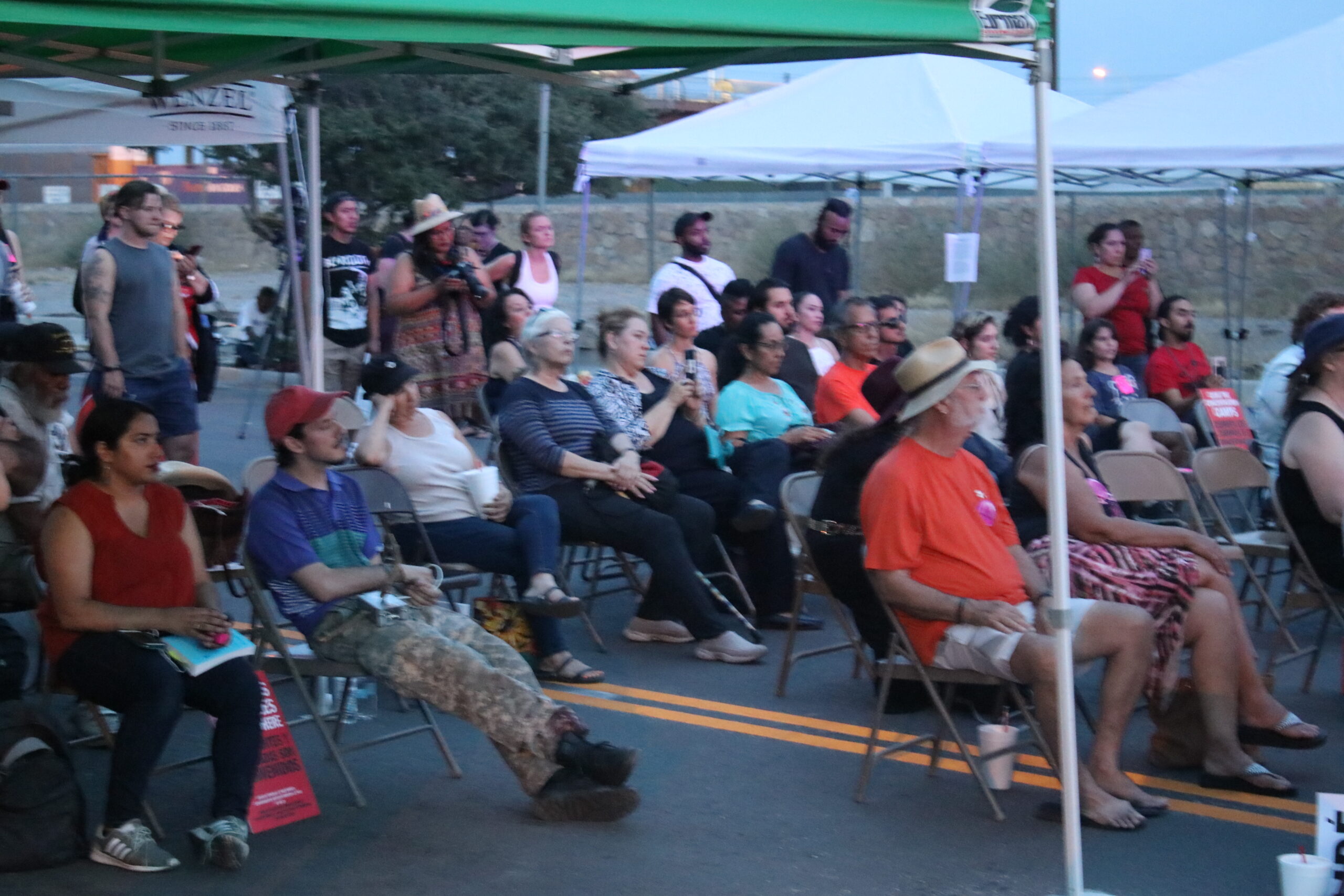 Here, I was taking pictures of the people who were present. You see how they were paying attention to the artist and everyone was super respectful.
Here, I was taking pictures of the people who were present. You see how they were paying attention to the artist and everyone was super respectful. 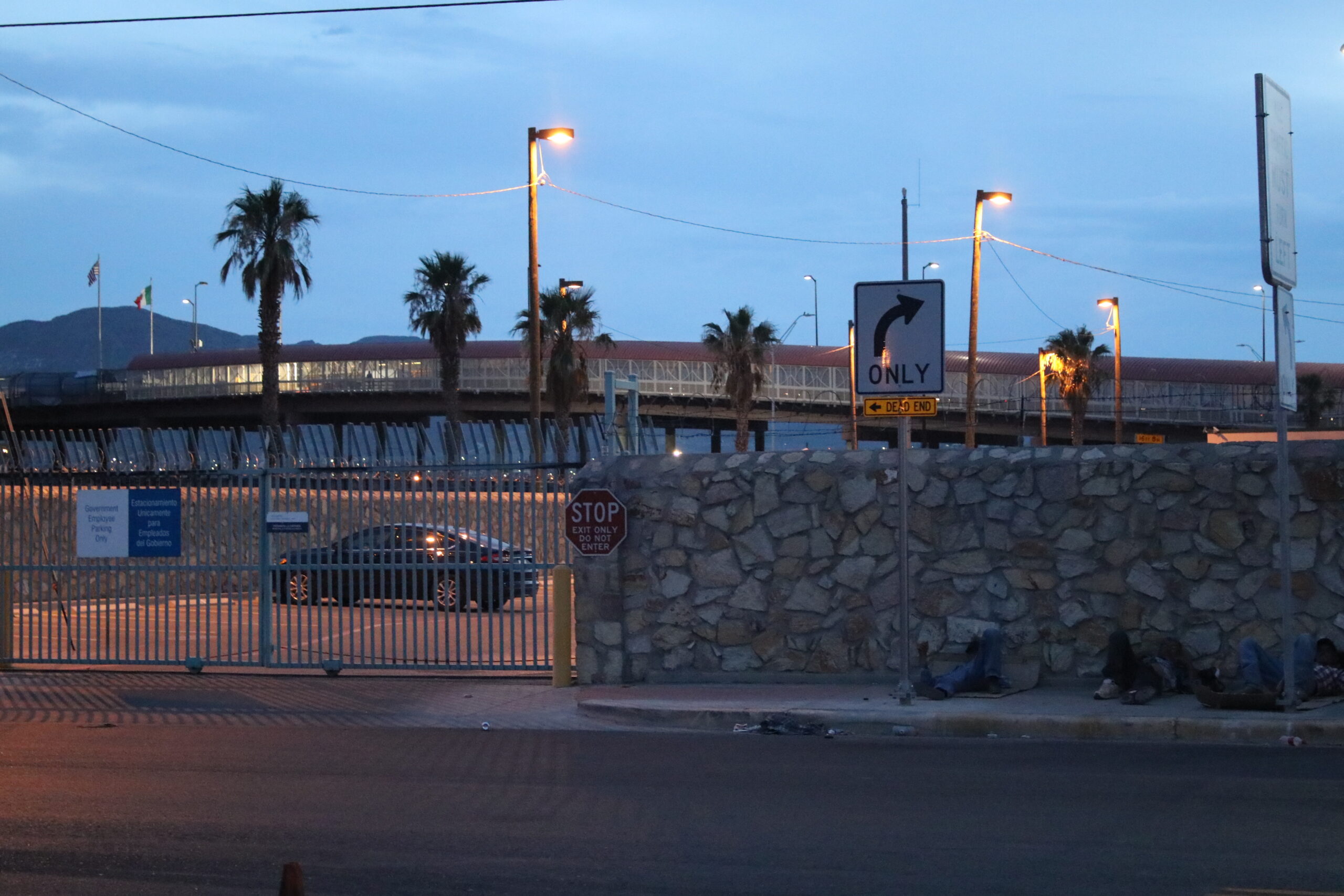 In this picture, I was waiting for a nice car to get out of that facility, and see how easy it is for the border patrol to get out if they want.
In this picture, I was waiting for a nice car to get out of that facility, and see how easy it is for the border patrol to get out if they want. 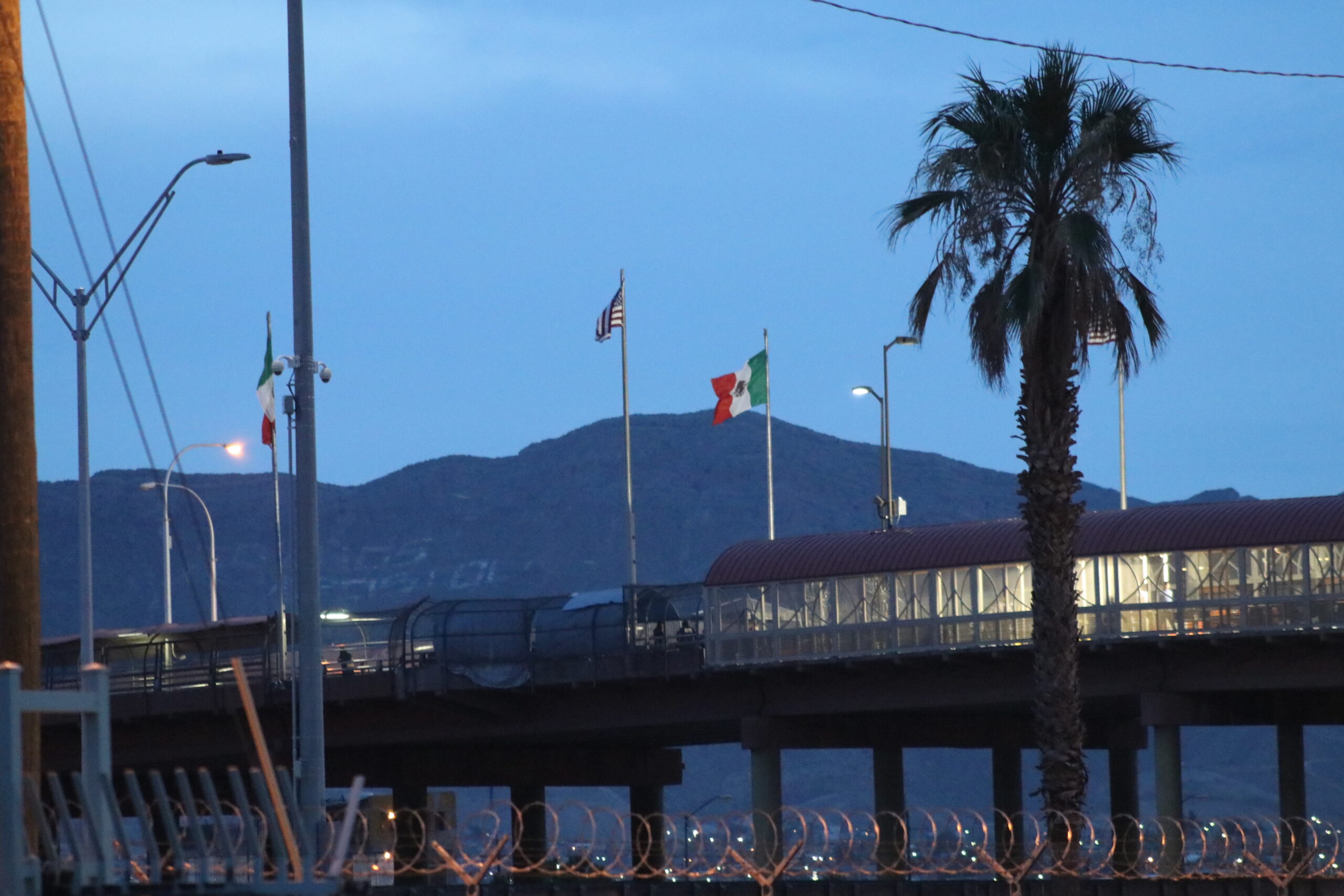 Even on the bridge at the border crossing, you can see the difference between the two countries. Half of the bridge is so nice. Half of the bridge is so awful.
Even on the bridge at the border crossing, you can see the difference between the two countries. Half of the bridge is so nice. Half of the bridge is so awful. 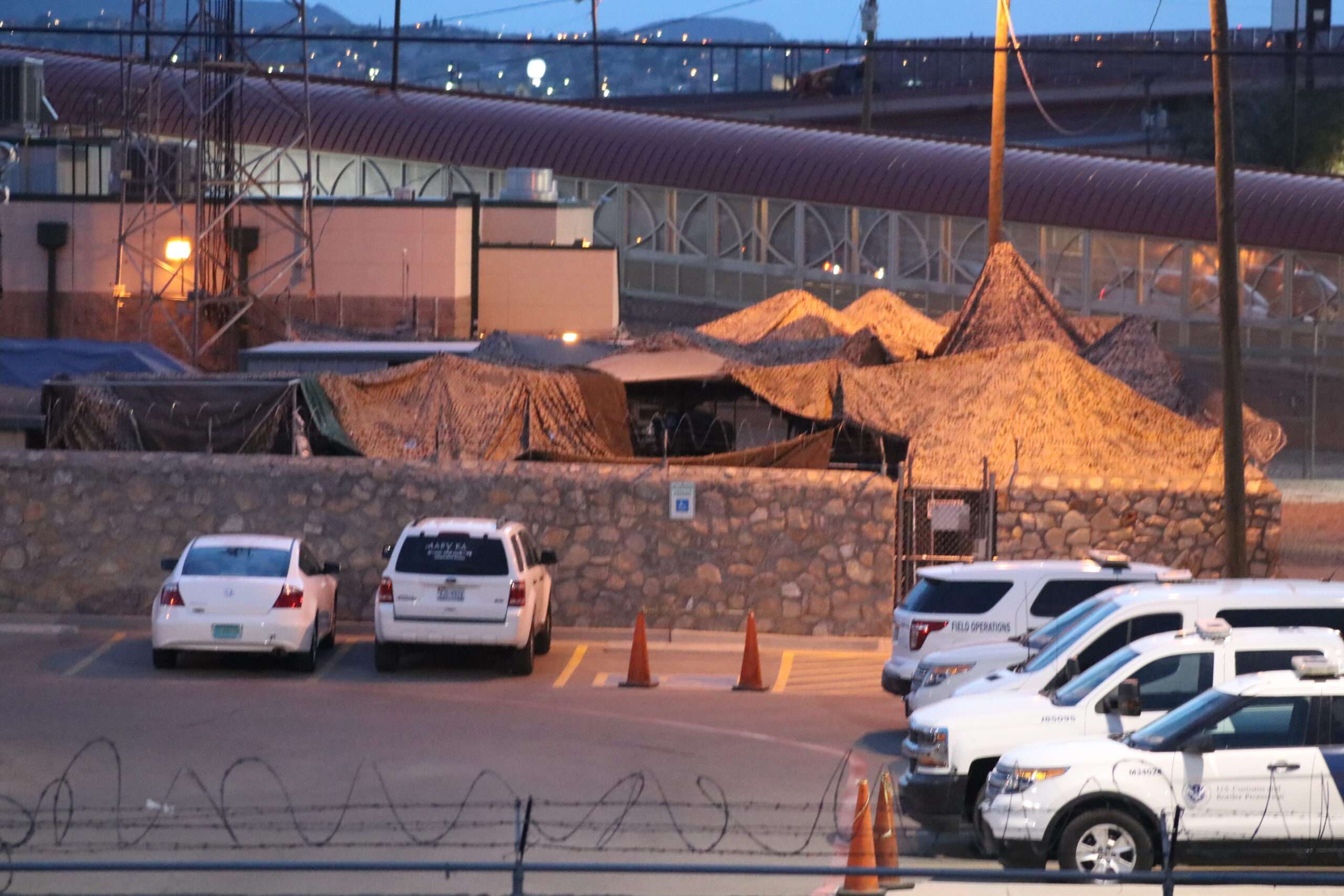 I was told by some of the people from the uprising that we could go up on the roof. Then we could see these things happening. I was told that kids were sleeping in those tents, in those little camps at the actual facility. I hoped kids would eventually see our flag.
I was told by some of the people from the uprising that we could go up on the roof. Then we could see these things happening. I was told that kids were sleeping in those tents, in those little camps at the actual facility. I hoped kids would eventually see our flag.
They have kids. They have patrols. There’s dogs. They have everything in the same facility. It’s triggering for kids here. The dog is barking all night; if I was trying to get out I’d think these dogs are gonna bite me. 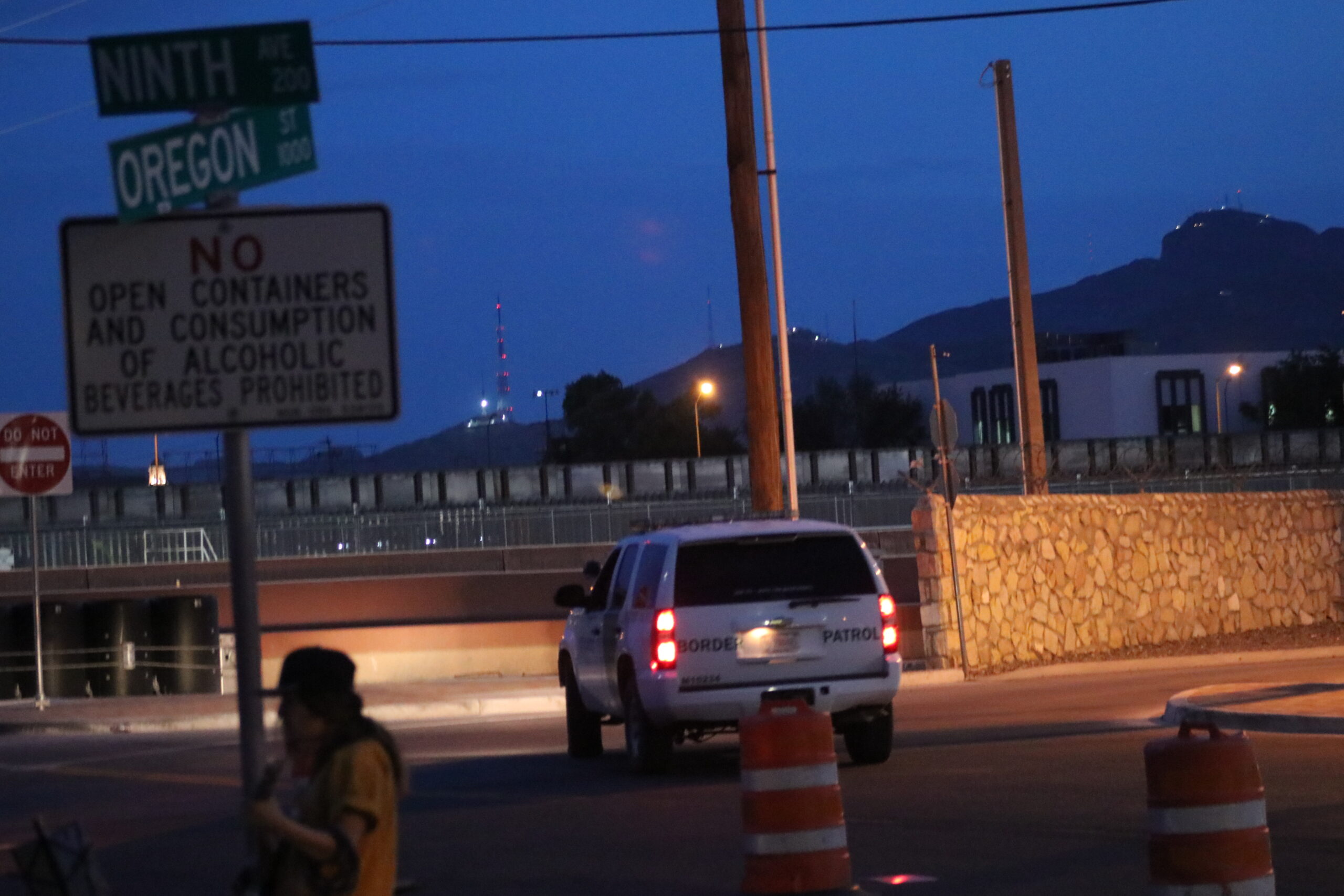 I wanted to show the patrol going inside the facility. I wondered if there was a kid or a family in that court. I was thinking about whether the cars had people, or if they were going to get people. I thought about how easy it was for the border patrol to get out and in of that facility without being checked. What if there was a kid and they were taking a kid in that car out to sell them or to trade them for drugs?Gabriel Mendez is a narrator in the Voice of Witness book Solito, Solita: Crossing Borders with Youth Refugees from Central America.
I wanted to show the patrol going inside the facility. I wondered if there was a kid or a family in that court. I was thinking about whether the cars had people, or if they were going to get people. I thought about how easy it was for the border patrol to get out and in of that facility without being checked. What if there was a kid and they were taking a kid in that car out to sell them or to trade them for drugs?Gabriel Mendez is a narrator in the Voice of Witness book Solito, Solita: Crossing Borders with Youth Refugees from Central America.
